Knowledge Base Articles
The structural principles deal with managing and handling loads and loading. A structure needs to be able to support the loads that act on it or its components. To ensure safety, a building or structure has to be able to withstand the most severe combination of loads over its lifespan. Loads are forces acting on a structure or supported by a structure. Force and gravity are two important terms associated with the load. A force is the measure of stress on an object. A force is either a pull or push, which causes movement.
Structures might be subjected to different types of loads. Some examples include wind forces, people in an office, cars in a car park, a heavy piece of machinery in a particular location on a factory floor, snow loading on a roof, earthquake loading, and hydrostatic force (due to water pressure).
A structure has to resist three main types of loads:
